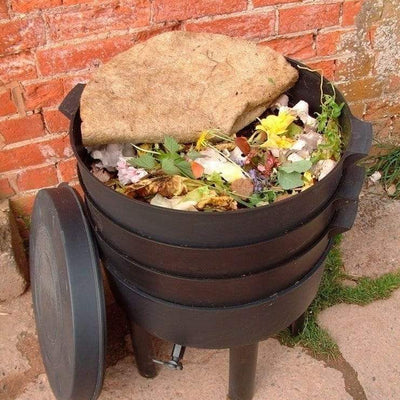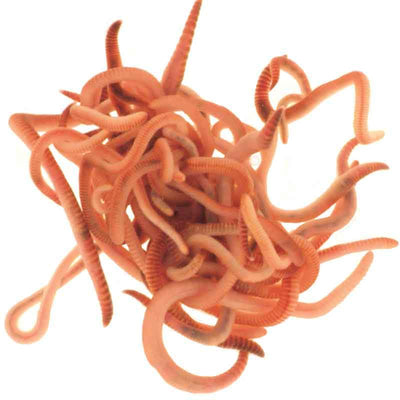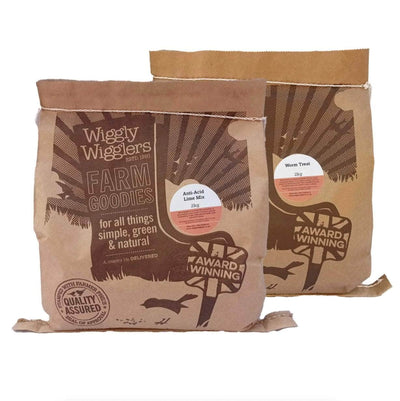There's a general feeling that in this highly technological age we are becoming disconnected from our natural environment. Getting children interested in their garden birds is a great start to getting them to understand about nature and the environment that they must look after for future generations. It is also an opportunity to involve the whole family and have some fun in the process. No special skills are required!
The Simple Start
- Spend a little time observing the birds that already come to your garden. Help the children learn the names of a few of the common birds that come to the garden so that they understand that there are lots of different types of birds. Now is not the time to try to get them to tell the difference between males and females of the same species - that can come in good time!
- Consider visiting the library to borrow books on common birds. This will help your children learn more about the birds' habits and eating preferences. You will probably learn a lot too.
Attracting the Birds Closer and Encouraging Others to Join Them
- Choose a couple of the many birdfeeders available. A good start could be a simple seed feeder or a bird table, and remember some birds prefer just to eat off the ground. Watching the places birds feed can help you choose the right feeders for your garden. However, if you have cats, it might not be wise to encourage ground feeding. Bird casualties may well put children off.
- Children love making things, so perhaps get them to help design and build a feeding station. You could help them make bird suet cakes, or help build a basic bird table. All these things will help them take pride and ownership in the project. They'll soon know more than you!
Selecting the Right Site
- Set up the bird feeder together. Get your children to do as much of the siting and preparing as possible. Site the bird feeder at least one metre from windows in the house or shed. This will help to prevent bird flight collisions. Make sure you can easily watch the birds without frightening them off.
- Avoid hanging the feeder to close to walls, or low roofs that predators could leap from.
Taking Care of the Feeders
- Teach the children how to keep the bird feeder clean on a regular basis. Explain to them how important cleanliness is. Most children like to eat off clean plates, so too for the birds.
- Encourage the collection and dispose of any feed that is no longer fresh. This will prevent any fungal growth and reduces the risk of attracting mice and rats.
Get Fully Involved
- Talk about the birds in your garden as a family, with young children make up stories about the birds at your feeder. Consider their personalities and the ways they interact with one another in the garden and at your feeders!
- Try taking some photographs of the birds and start a diary or scrapbook. This may help getting classmates enthused and involved.
- Find out if there are any local on-line bird blogs for young people.
- Encourage a growing interest that can develop from birds and onto the environment as a whole.
- Get a good book, that's easily understood, to help with identification and learn more about how groups of birds form families of different species.
- Join the Royal Society for the Protection of Birds Wildlife Explorers. This will give loads of information on activities you can get involved with both in your own garden or at a local nature reserve.
- Keep a good list of the birds you have seen, and the date in the year when you first, or last saw them if they are migratory birds.
The above represents some basic ideas. What you can do will depend on where you live and how much outdoor space you have. Even if you live in a flat you can hang feeders from a window, and if you have two acres and a paddock you may even want to create your own nature reserve. For the majority though, a couple of feeders and a bit of encouragement will help keep the kids enthused and wanting to explore more of their natural world, and perhaps even become a 'Twitcher' but of course that will be after they've finished level 87 of the latest game on their PS4! Good luck!
David Pitman






